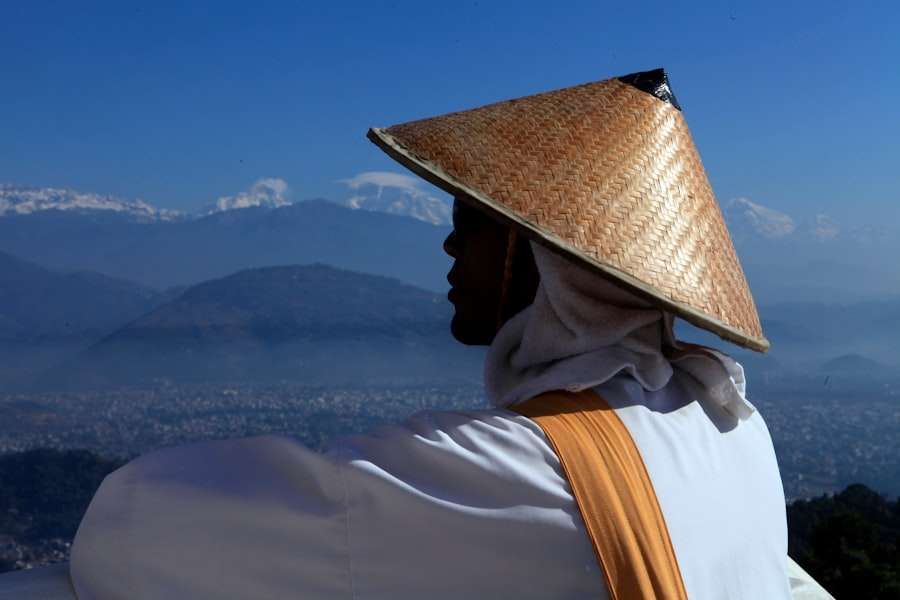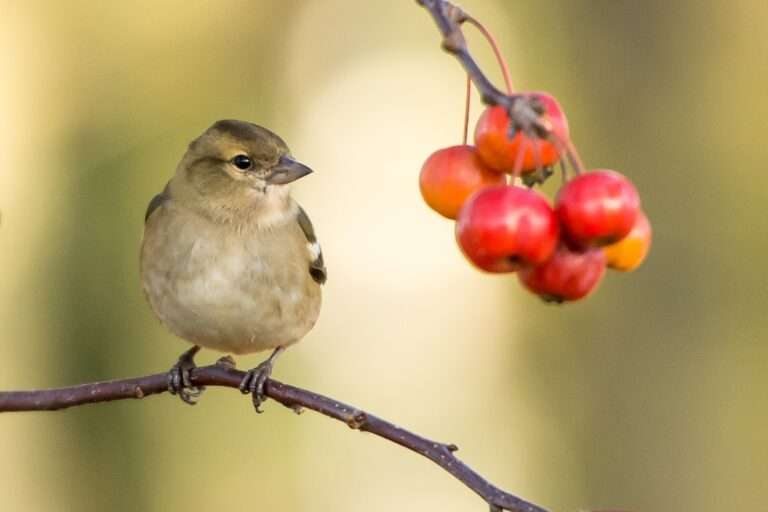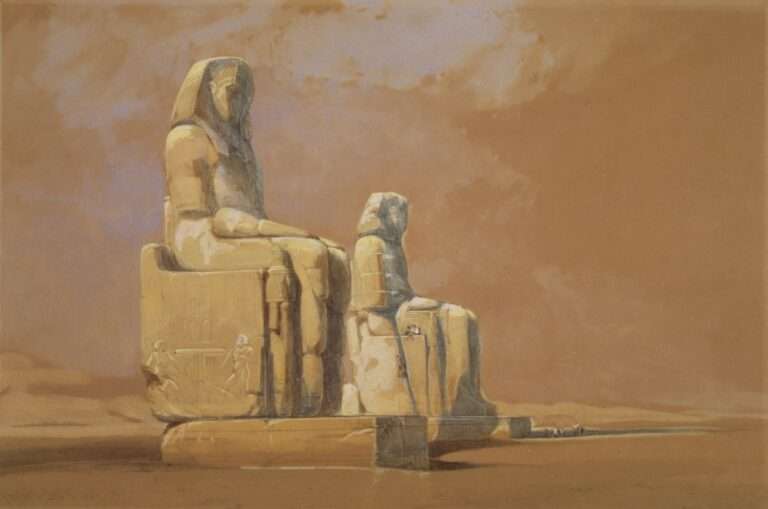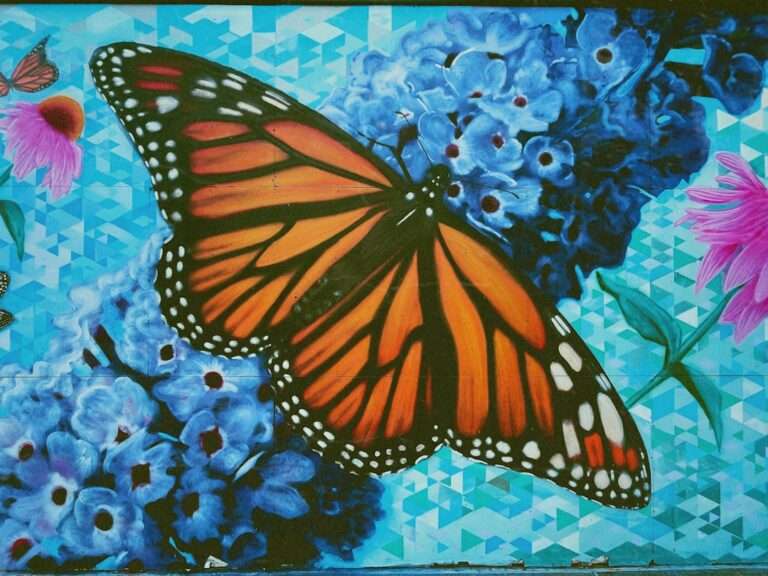What do the Maasai beading patterns symbolize?

Maasai beading is a traditional craft practiced by the Maasai people of East Africa for generations. This art form is deeply embedded in Maasai culture and traditions, serving both as artistic expression and a carrier of cultural and symbolic significance. Maasai beadwork adorns clothing, jewelry, and ceremonial items, playing a crucial role in ceremonies and rituals.
The vibrant colors and intricate patterns of Maasai beadwork reflect the community’s rich cultural heritage and artistic skill. The art of Maasai beading has gained international recognition for its aesthetic appeal and cultural importance. It has become a symbol of Maasai identity and is appreciated globally as a form of wearable art.
Maasai beadwork not only showcases visual beauty but also serves as a means of preserving and celebrating Maasai cultural heritage. In recent years, this craft has become an important source of income for many Maasai women, who create and sell beadwork to support their families and communities. The practice of Maasai beading continues to flourish as a valued tradition and a means of economic empowerment for the Maasai people.
Key Takeaways
- Maasai beading is a traditional craft practiced by the Maasai people of East Africa, known for its vibrant colors and intricate patterns.
- The history and tradition of Maasai beading dates back centuries and is an integral part of Maasai culture, often used to adorn clothing, jewelry, and ceremonial items.
- Beading patterns hold great importance in Maasai culture, with each pattern carrying its own unique meaning and significance.
- The symbolism of Maasai beading patterns often reflects aspects of nature, spirituality, and the Maasai way of life, serving as a form of communication and storytelling.
- There are various types of beading patterns in Maasai culture, each with its own specific meanings, such as the “Supa” pattern representing protection and the “Lanana” pattern symbolizing hospitality.
History and Tradition of Maasai Beading
Origins and Significance
The tradition of Maasai beading dates back to ancient times and has been passed down through generations as a sacred art form. Historically, beadwork was used as a form of communication, with different patterns and colors conveying specific messages and meanings. Beads were originally made from natural materials such as clay, bone, seeds, and wood.
Evolution and Innovation
The introduction of glass beads allowed for a wider range of colors and designs, leading to the development of more intricate and elaborate beadwork. Maasai beadwork has been an integral part of the community’s social and cultural life, with beadwork being used to adorn clothing, jewelry, and ceremonial items.
Preservation and Cultural Significance
The intricate beadwork is used to create elaborate headdresses, necklaces, bracelets, and anklets that are worn during traditional ceremonies and celebrations. The tradition of Maasai beading has been preserved through oral history and continues to be an important aspect of Maasai culture and identity.
Importance of Beading Patterns in Maasai Culture

The patterns used in Maasai beadwork hold significant cultural and symbolic meanings within the community. Each pattern is carefully chosen and carries specific messages that are deeply rooted in Maasai traditions and beliefs. The colors and designs used in beadwork are not chosen at random but are carefully selected to convey specific messages related to social status, age, marital status, and spiritual beliefs.
Beading patterns are also used to tell stories, convey emotions, and celebrate important events within the community. The importance of beading patterns in Maasai culture is evident in the way they are used to adorn ceremonial items such as wedding garments, traditional attire, and ritual objects. Each pattern holds specific meanings that are understood within the community, serving as a form of visual language that communicates cultural values and traditions.
The intricate designs and vibrant colors of Maasai beadwork are a reflection of the community’s rich cultural heritage and artistic prowess. Beading patterns play a central role in preserving and celebrating the unique identity of the Maasai people.
Symbolism of Maasai Beading Patterns
The symbolism of Maasai beading patterns is deeply rooted in the community’s traditions, beliefs, and way of life. Each pattern carries specific meanings that are understood within the community and serve as a form of visual language that communicates cultural values and traditions. The colors used in beadwork hold symbolic significance, with each color representing different aspects of Maasai life.
For example, red symbolizes bravery, strength, and unity, while blue represents energy, sustenance, and the sky. White symbolizes purity, peace, and health, while green represents the land, prosperity, and fertility. The designs used in Maasai beadwork also hold symbolic meanings related to nature, animals, and spiritual beliefs.
For example, the use of geometric patterns represents the interconnectedness of all living things, while animal motifs such as lions, elephants, and giraffes symbolize strength, power, and resilience. Beading patterns are also used to depict traditional Maasai symbols such as shields, spears, and warrior attire, which represent the community’s history, traditions, and values. The symbolism of Maasai beading patterns reflects the community’s deep connection to nature, spirituality, and their ancestral heritage.
Different Types of Beading Patterns and Their Meanings
There are various types of beading patterns used in Maasai beadwork, each with its own unique meanings and significance within the community. One common type of pattern is the “Ndoe” pattern, which consists of alternating bands of color that represent unity and harmony within the community. Another popular pattern is the “Laiser” pattern, which features intricate geometric designs that symbolize the interconnectedness of all living things.
The “Supa” pattern is characterized by its use of bold colors and represents strength, courage, and resilience. Animal motifs are also commonly used in Maasai beadwork, with each animal carrying its own symbolic meaning. For example, the lion symbolizes bravery and leadership, while the elephant represents wisdom and strength.
The giraffe symbolizes grace and beauty, while the zebra represents balance and harmony. These animal motifs are often used in ceremonial beadwork to convey specific messages related to traditional beliefs and values within the community. Each type of beading pattern holds its own unique meanings that are deeply rooted in Maasai culture and traditions.
Evolution of Maasai Beading Patterns

Revival of Traditional Beadwork
In recent years, there has been a renewed interest in traditional Maasai beadwork, with contemporary artists incorporating modern elements into their designs while honoring the cultural significance of traditional patterns. This fusion of old and new has led to the creation of innovative designs that appeal to a wider audience.
Influence of Global Trends and Fashion
The evolution of Maasai beading patterns has also been influenced by global trends and fashion. Contemporary artists have found new ways to interpret traditional patterns, creating wearable art that transcends cultural boundaries. While traditional patterns continue to hold significant cultural meanings within the community, contemporary artists have successfully adapted these patterns to appeal to a broader audience.
Preserving Cultural Heritage
The evolution of Maasai beading patterns reflects the community’s ability to adapt to changing times while preserving their rich cultural heritage. This has led to a renewed appreciation for Maasai beadwork as a form of wearable art that not only showcases the community’s artistic prowess but also serves as a symbol of their cultural identity.
Cultural Significance and Contemporary Use of Maasai Beading
The cultural significance of Maasai beading extends beyond its traditional use in ceremonies and rituals. In recent years, Maasai beadwork has gained international recognition as a form of wearable art that celebrates the community’s rich cultural heritage. Contemporary artists have found new ways to incorporate traditional beading patterns into modern designs that appeal to a global audience.
This has led to an increased demand for Maasai beadwork in fashion and design industries around the world. The contemporary use of Maasai beadwork has also become a source of economic empowerment for many Maasai women who create and sell their beadwork to support their families and communities. This has led to greater financial independence for women within the community and has helped preserve the tradition of Maasai beadwork for future generations.
Additionally, the popularity of Maasai beadwork has led to collaborations between Maasai artists and international designers, further elevating the cultural significance of this traditional art form. In conclusion, Maasai beading is a cherished tradition that holds significant cultural and symbolic meanings within the community. The intricate patterns and vibrant colors used in beadwork reflect the rich cultural heritage and artistic prowess of the Maasai people.
While traditional beading patterns continue to hold deep cultural significance, contemporary artists have found new ways to interpret these patterns in their work, leading to a renewed appreciation for Maasai beadwork as a form of wearable art that transcends cultural boundaries. The evolution of Maasai beading patterns reflects the community’s ability to adapt to changing times while still preserving their rich cultural heritage.
FAQs
What are Maasai beading patterns?
Maasai beading patterns are traditional designs created by the Maasai people of East Africa. These patterns are made using colorful beads and are often used to adorn clothing, jewelry, and other items.
What do Maasai beading patterns symbolize?
Maasai beading patterns often symbolize aspects of Maasai culture, such as social status, age, and marital status. They can also represent important values and beliefs within the community, as well as elements of nature and the environment.
How are Maasai beading patterns used?
Maasai beading patterns are used in a variety of ways, including as decoration for clothing, jewelry, and accessories. They are also used in traditional ceremonies and rituals, and may hold specific meanings or significance within these contexts.
What materials are used to create Maasai beading patterns?
Maasai beading patterns are typically created using small, colorful beads made from materials such as glass, plastic, or metal. These beads are carefully arranged and stitched onto fabric or other surfaces to create intricate and meaningful designs.





